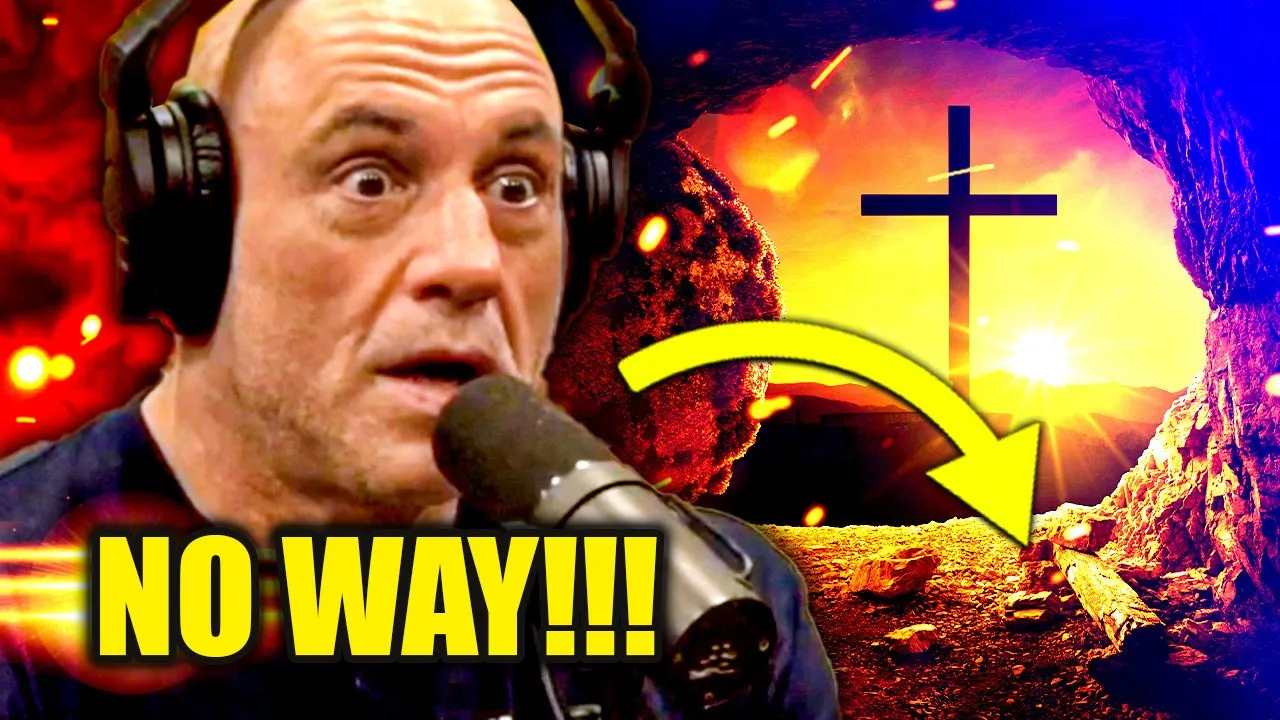
Intriguing Case of Man’s Post-Mortem Resurrection: A Critical Examination
Introduction
During a recent episode of the Joe Rogan Experience podcast, host Joe Rogan and guest Josh Huff engaged in a discussion about the potential return of Jesus Christ. Amidst their conversation, Huff shared a remarkable anecdote about a man who experienced a post-mortem resurrection. This extraordinary claim has since sparked widespread interest and ignited a multifaceted debate.
The Case of the Lazarus-Like Figure
According to Huff, the man in question, who remains unnamed, was involved in a fatal car accident that resulted in irreversible brain damage. He was pronounced dead at the scene and transported to a local hospital. However, upon arrival at the hospital, astonishingly, he regained consciousness and made a full recovery.
The news of this man’s resurrection quickly spread, prompting medical experts to conduct a thorough investigation. They concluded that the man had indeed experienced a period of clinical death, where his brain activity had ceased. Yet, despite the severity of his injuries, he had remarkably regained his cognitive and physical abilities.
Scientific Skepticism and Religious Belief
The account of this man’s post-mortem resurrection has generated a wide range of responses. Some scientists remain skeptical, arguing that the evidence for such an event is insufficient. They point to the well-established fact that brain damage of the magnitude sustained by the man in question typically results in permanent death.
However, proponents of the resurrection scenario maintain that the scientific evidence is not always conclusive. They argue that certain extraordinary cases defy conventional medical explanations and may point to the existence of unexplained phenomena or even divine intervention.
For some religious believers, particularly those within the Christian tradition, the case of the post-mortem resurrection resonates with the biblical account of Jesus Christ’s resurrection. They see it as a potential confirmation of their faith and a sign of hope for a future life beyond death.
Critical Analysis
The case of the man’s post-mortem resurrection raises numerous questions and challenges. It is essential to approach such claims with a critical mindset and carefully evaluate the available evidence.
The Lack of Independent Verification
One major concern is the lack of independent verification of the man’s resurrection. Huff’s account is the only source of information about this extraordinary event. Without further corroboration from medical professionals or other witnesses, it is difficult to fully ascertain the accuracy of the claim.
Medical Explanations
Medical experts have proposed alternative explanations for the man’s recovery. One possibility is that he experienced a state of suspended animation rather than true clinical death. During suspended animation, the body’s functions slow down significantly, creating the illusion of death. If this were the case, the man could have regained consciousness once his bodily functions resumed.
Psychological Factors
Some psychologists suggest that the man’s resurrection experience may have been a psychological manifestation. In near-death experiences, individuals often report vivid imagery and spiritual encounters. It is possible that the man’s brain, damaged by the accident, experienced a similar phenomenon, leading him to believe he had returned from the dead.
Conclusion
The case of the man’s post-mortem resurrection is a complex and enigmatic event that defies easy explanation. While the scientific evidence remains inconclusive, the story has sparked a fascinating debate about the boundaries of human knowledge and the possibility of extraordinary phenomena.
It is essential to approach such claims critically, considering both their potential implications and the need for rigorous investigation. As our collective understanding evolves, we may one day have a more comprehensive explanation for this and similar extraordinary events.
